Benbow Crater with lava lake
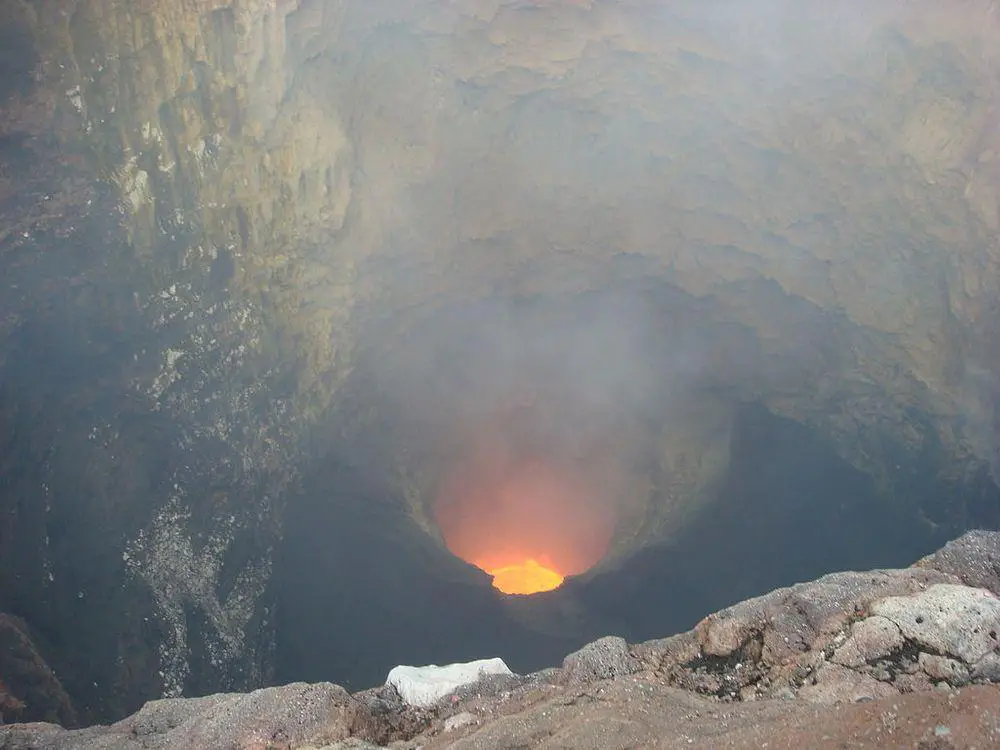
A spectacular, very deep hole with vertical walls where for the most time is observed a lava lake. Acid rain formed by the gases from craters has burned approximately 100 km² large plain in the jungle of Vanuatu. Here live specially adapted organisms – insects, orchids.
Halemaumau Crater with lava lake, Kilauea
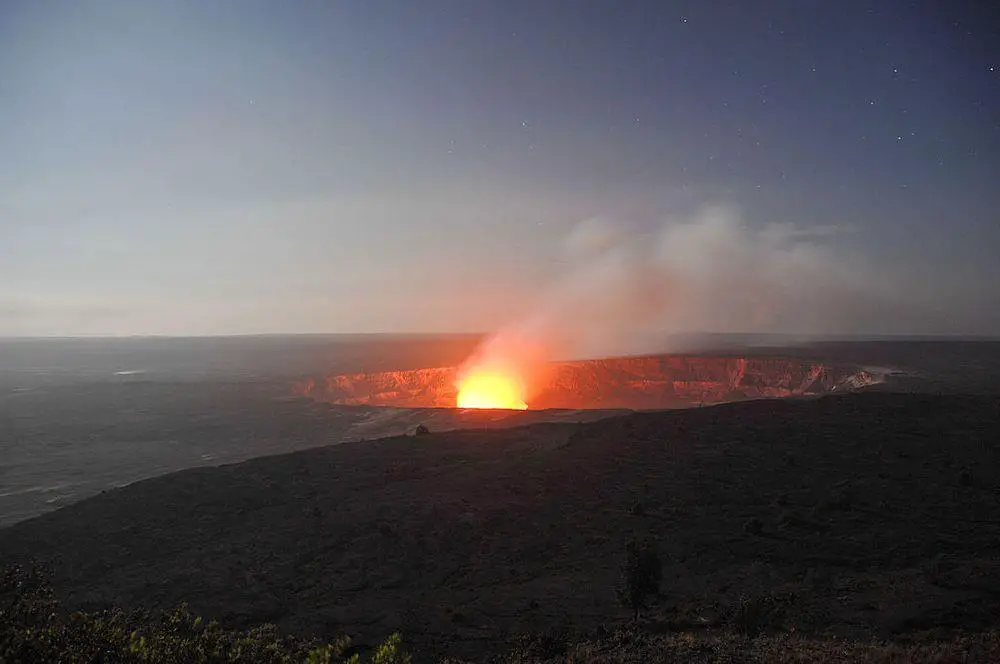
The most active volcano in the world could be Kilauea in Hawaii. The caldera of this volcano contains Halemaumau Crater, where until 2018 was a lava lake.
Mount Erebus – the southernmost active volcano
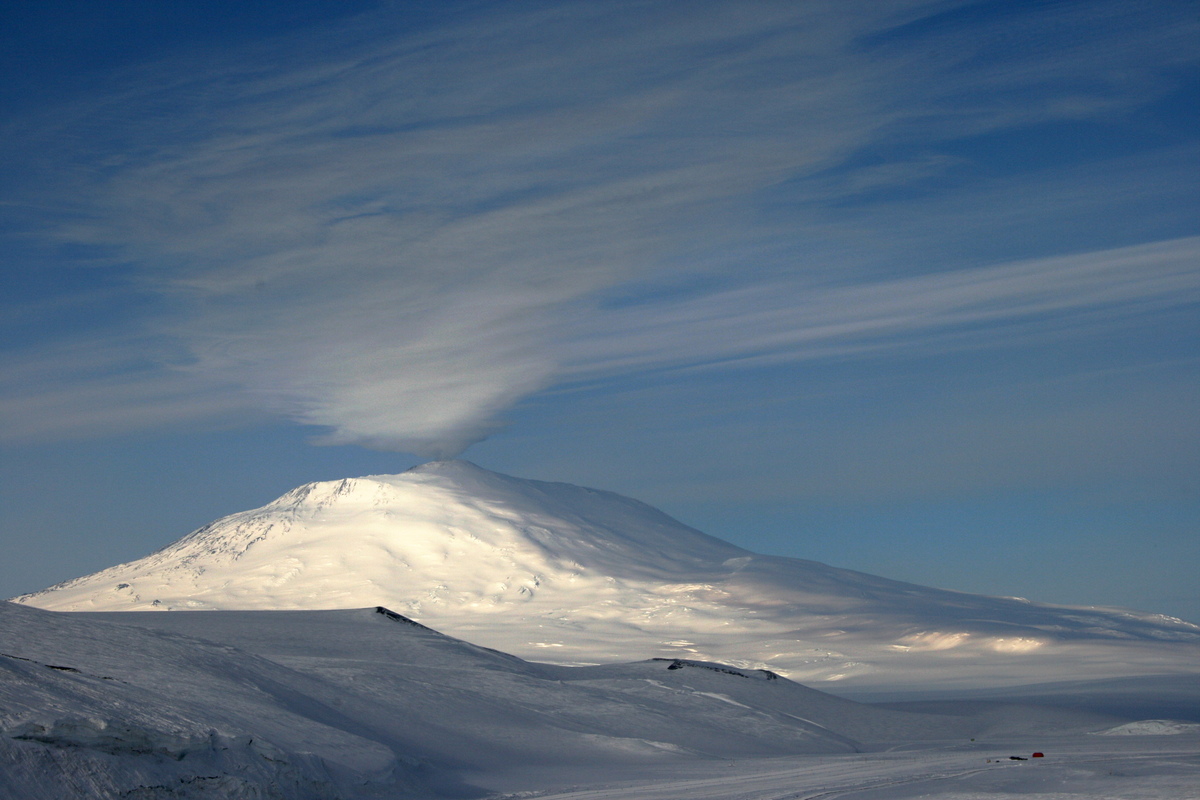
One of the few constant glowing lava lakes in the world. Here are found large anorthoclase crystals in the center of the caldera of the volcano.
Mount Nyiragongo – volcano with lava lake
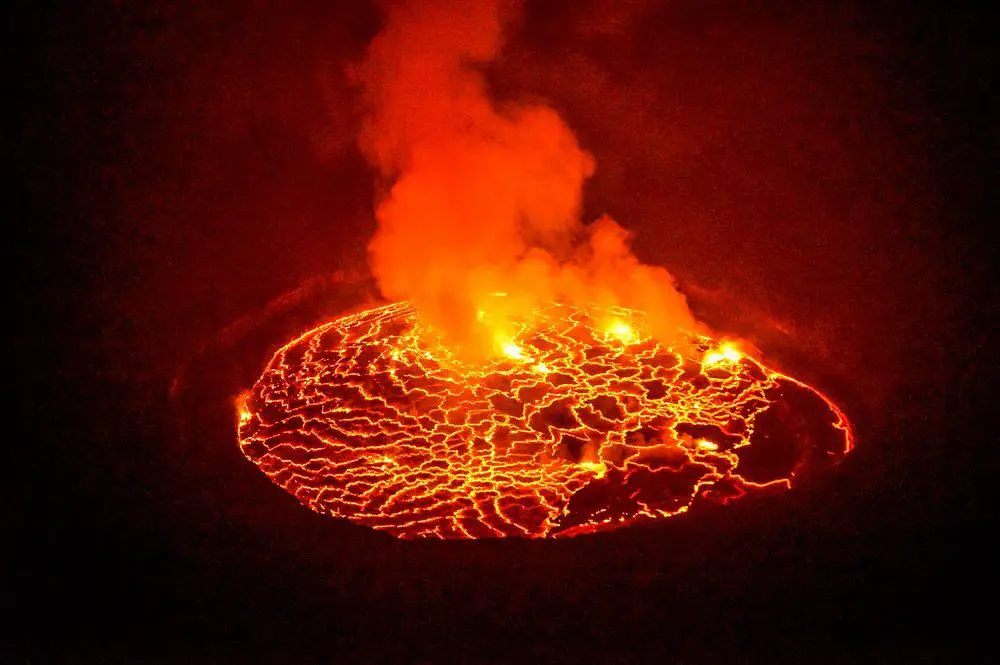
One of the few volcanos in the world with a nearly permanent lava lake in it. Height of the mountain – 3,470 m. Depth of lava lake has reached up to 600 m. Eruptions produce very fluid lava of rare type. The speed of lava flows here can reach 100 km/h and the volcano is very steep.
Erta Ale
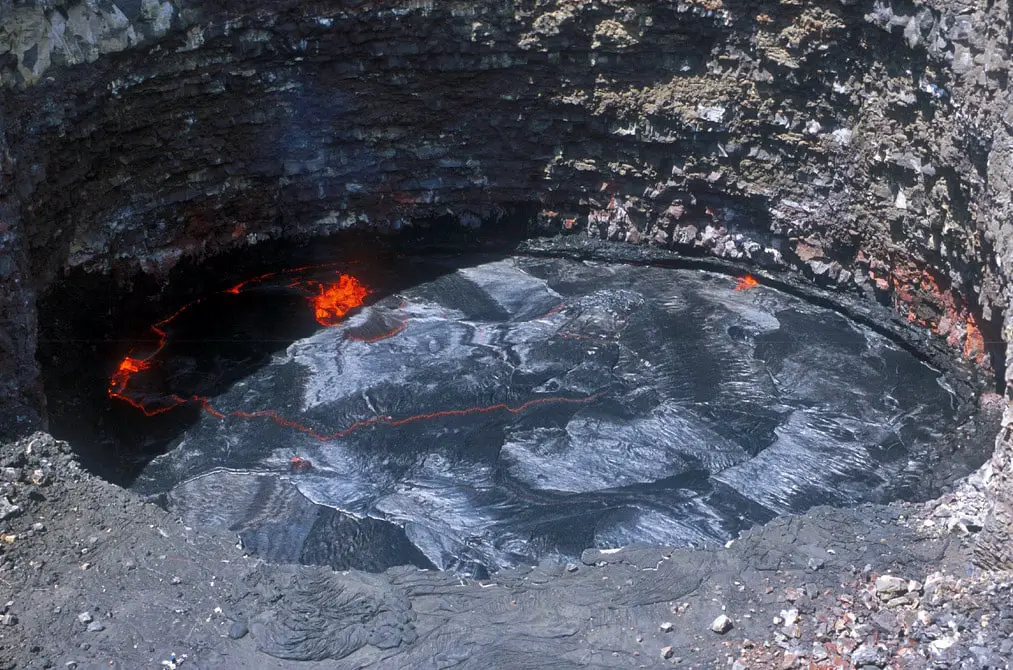
One of the most active volcanos in the world, with a constant lava lake (sometimes two lakes) in the crater, known since 1906. None of the other known lava lakes in the world have such a long lifetime.
Kelimutu – volcano with differently colored crater lakes
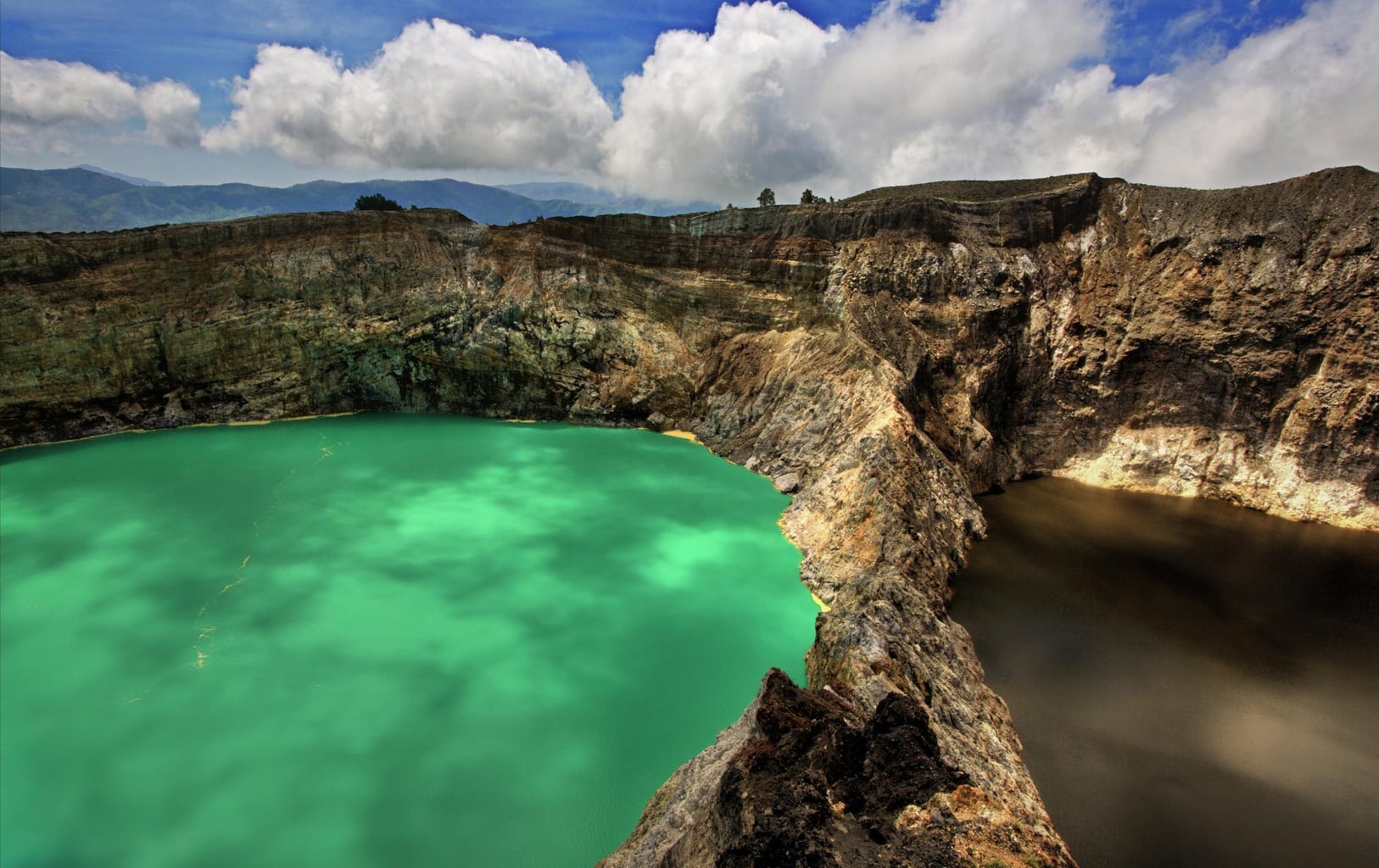
System of three closely located crater lakes. Each of the lakes has a different, changing color – from bright red to green and blue.
Ol Doinyo Lengai
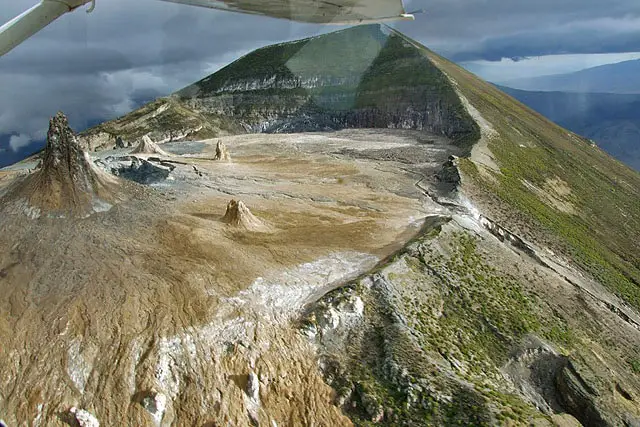
The only known carbonatite volcano in the world (except for the neighboring Kerimasi volcano). The volcano produces natrocarbonatite lava with nearly unique minerals – nyerereite and gregoryite. Lava flows at very low temperature at 500 – 600 ° C. Carbonates react with the moisture of the atmosphere and quickly turn white, creating a unique volcanic landscape. Here in a steep cone has been observed formation of a new, nearly unique lava cave with enormous stalactites made of fragile natrocarbonatite.
Patomskiy Crater
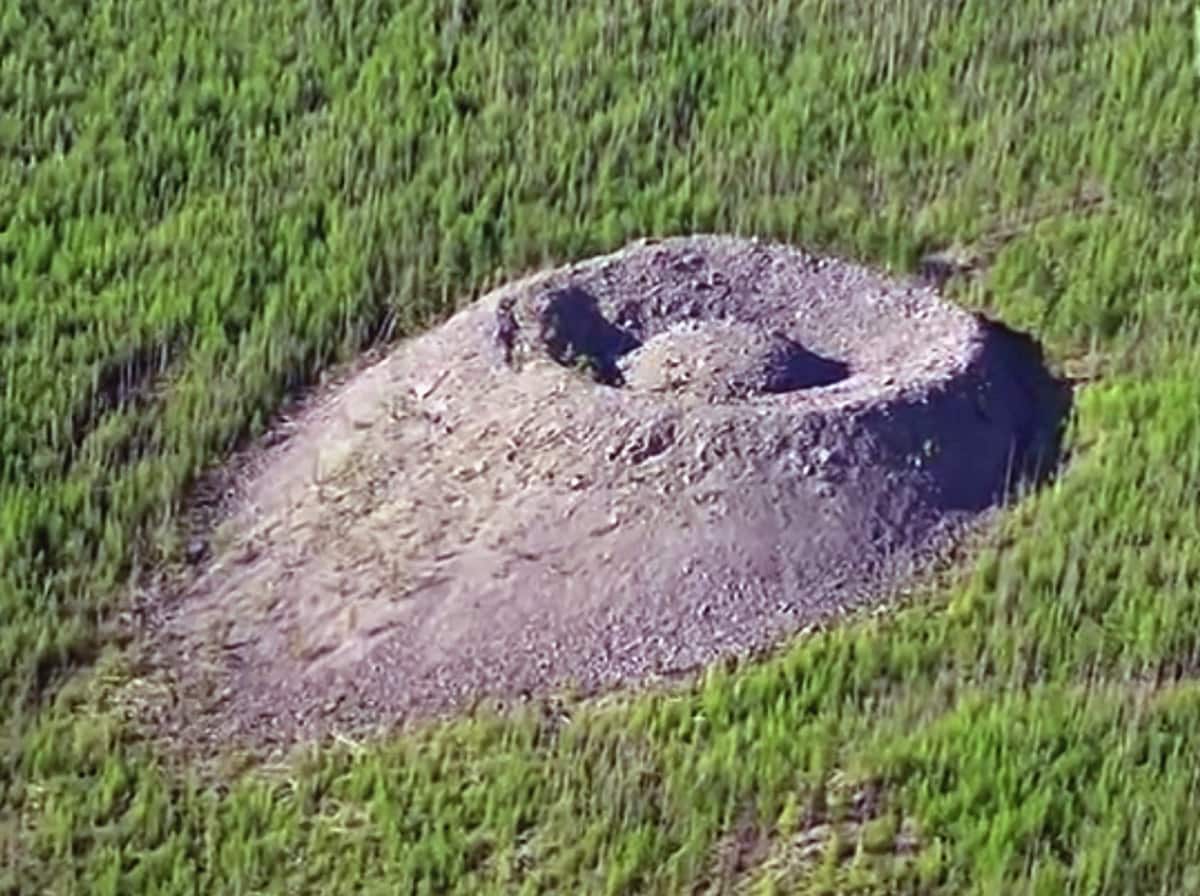
Unusual crater – up to 40 m tall and 160 m wide mound/ring of limestone blocks with a smaller mound inside. Most likely it was created by a gaseous eruption some centuries ago.
Daikoku Sulfur Cauldron
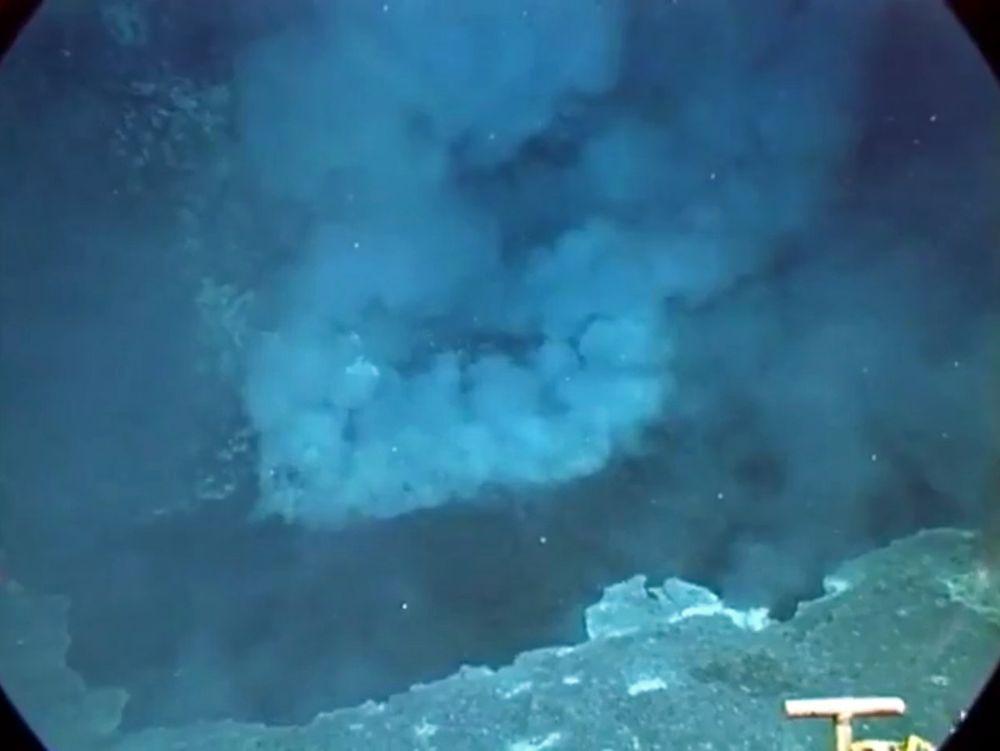
A unique pool of liquid sulfur at the summit of a submarine volcano, one of the few in the world.
Kawah Ijen
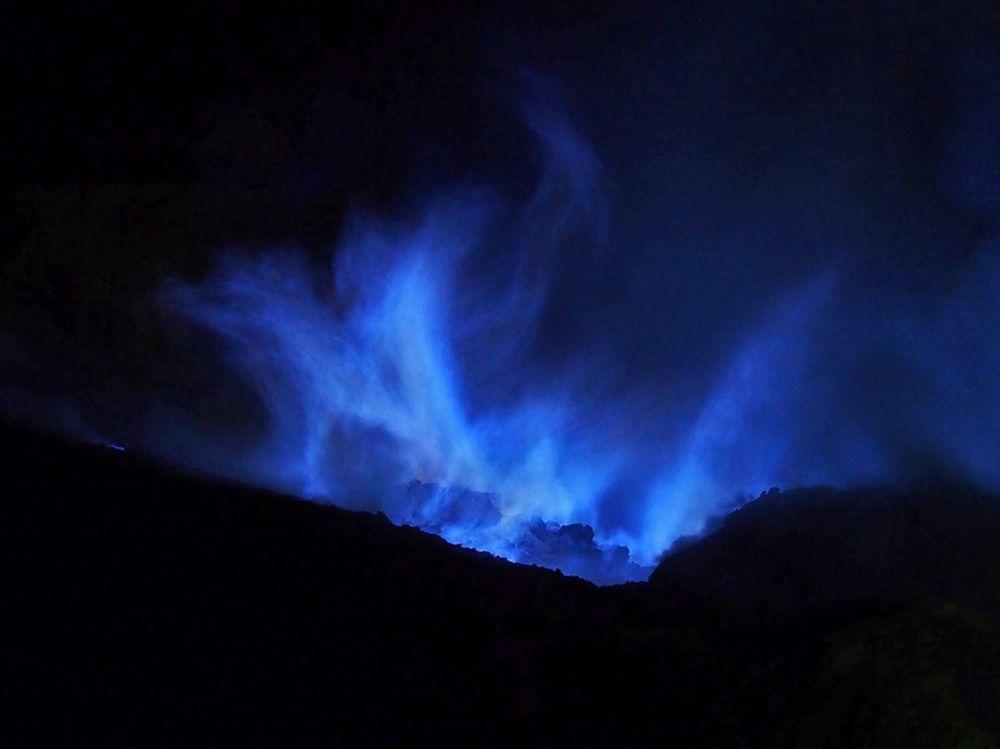
Turquoise-colored, extremely acid lake with a diameter of 1 km. Acidity – 0.5 pH. Nearly pure deposits of sulfur are located in the caldera. The burning sulfuric gas creates a very impressive blue flame in the night.
